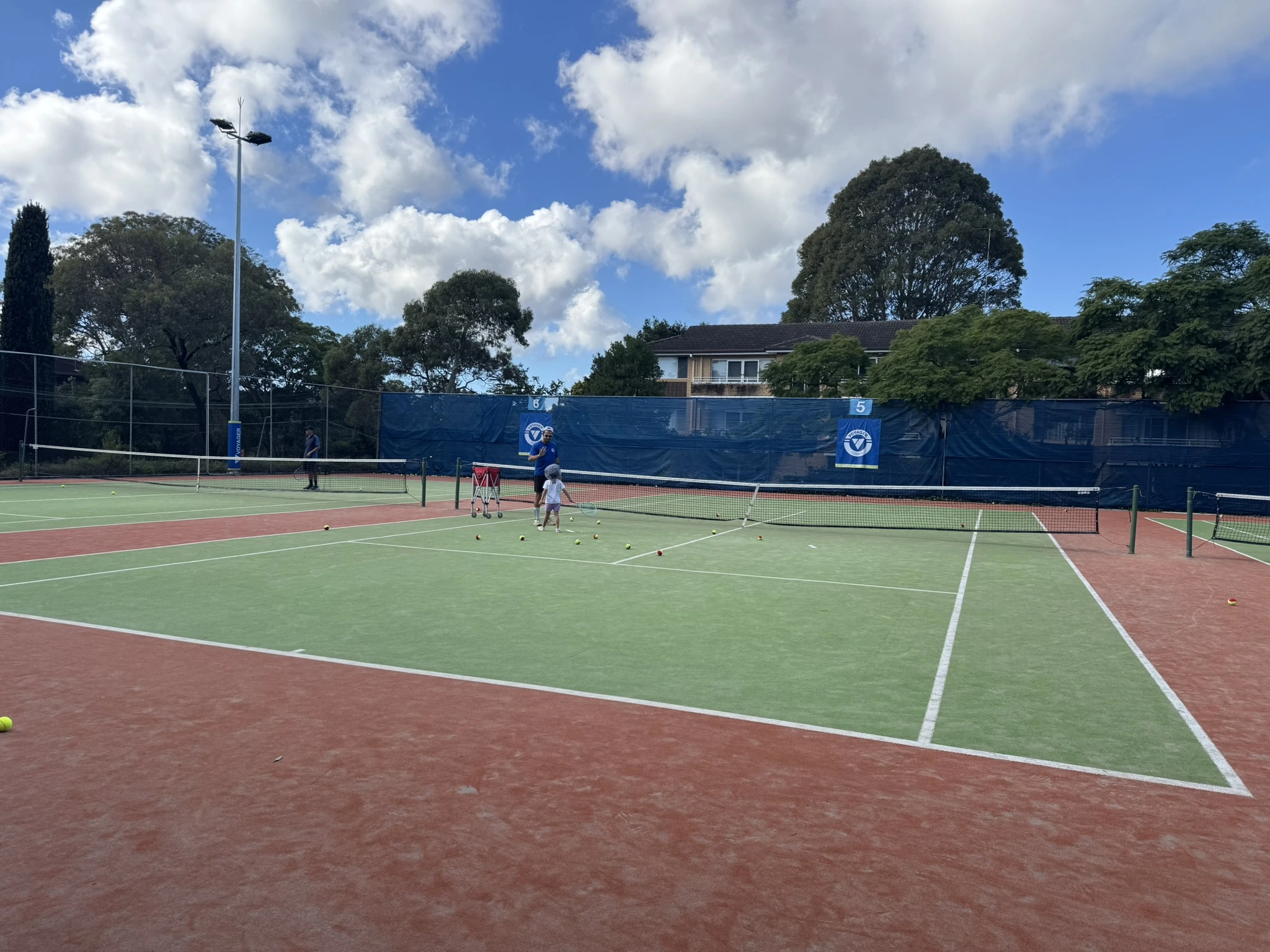The emotional architecture of leadership
written: October 9, 2025
Published: October 30, 2025
.webp)
Reading Permission to Feel by Dr Marc Brackett gave language to something I had felt for years but could never quite articulate, that leadership is emotional architecture. Behind every high-performing team, there’s an emotional foundation: trust, empathy, and the permission to be human.
When I think about the culture we built at MadeComfy, I can see this clearly now. What we created was not accidental, it was emotional design in motion. It was a culture where people could show up as themselves, with their strengths, flaws, and full emotional range.
I allowed myself to be a vulnerable leader. I made mistakes and embraced them publicly. I cried when our service fell short of our standards because it mattered deeply to me. I shared stories about my kids, the long nights feeding newborns while running the company, and the constant juggle between ambition and exhaustion. I wanted my team to see that leadership wasn’t about perfection, it was about presence.
That openness built connection. People knew they were seen and valued for who they were, not just what they produced. Sick days were low, energy was high, and there was a collective sense of belonging. We celebrated wins, but we also stood with each other in losses. It wasn’t a “corporate” culture, it was a human one.
Reading Brackett’s work helped me understand why it worked. His RULER framework: Recognise, Understand, Label, Express, Regulate; captured what we were already practising instinctively. We recognised emotions, we gave them names, and we expressed them with care. We didn’t rush to silence discomfort or control reactions. We sought to understand what emotions were signalling before deciding how to respond.
That, I’ve come to realise, is emotional leadership. The ability to read the emotional temperature of a room and guide it with intention. To create environments where people feel psychologically safe to tell the truth, even when it’s uncomfortable.
Emotional intelligence is not a “soft skill.” It’s strategic infrastructure. It shapes how people engage, create, and stay. It defines the quality of relationships that sustain growth. And it’s what transforms a company from a workplace into a community.
Leadership, in its truest form, is emotional architecture; the quiet, deliberate act of designing spaces where people feel they belong.
What kind of emotional architecture are you building in your own leadership, and how does it make people feel to work with you?





.webp)
